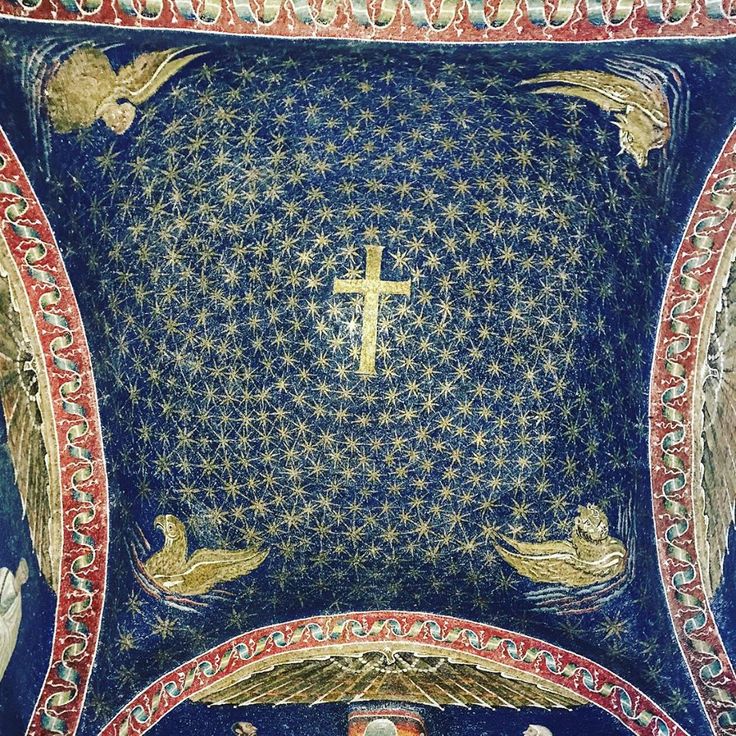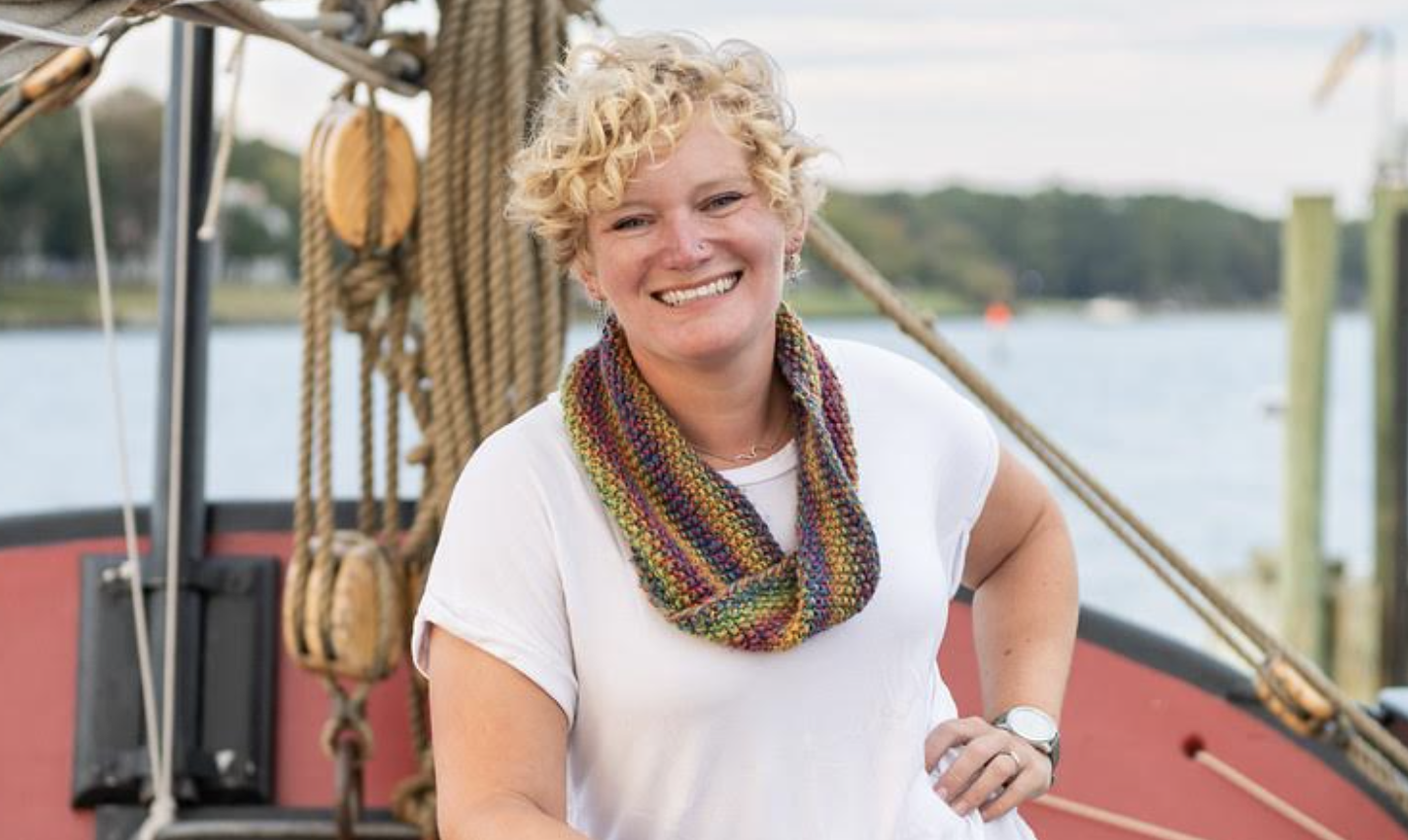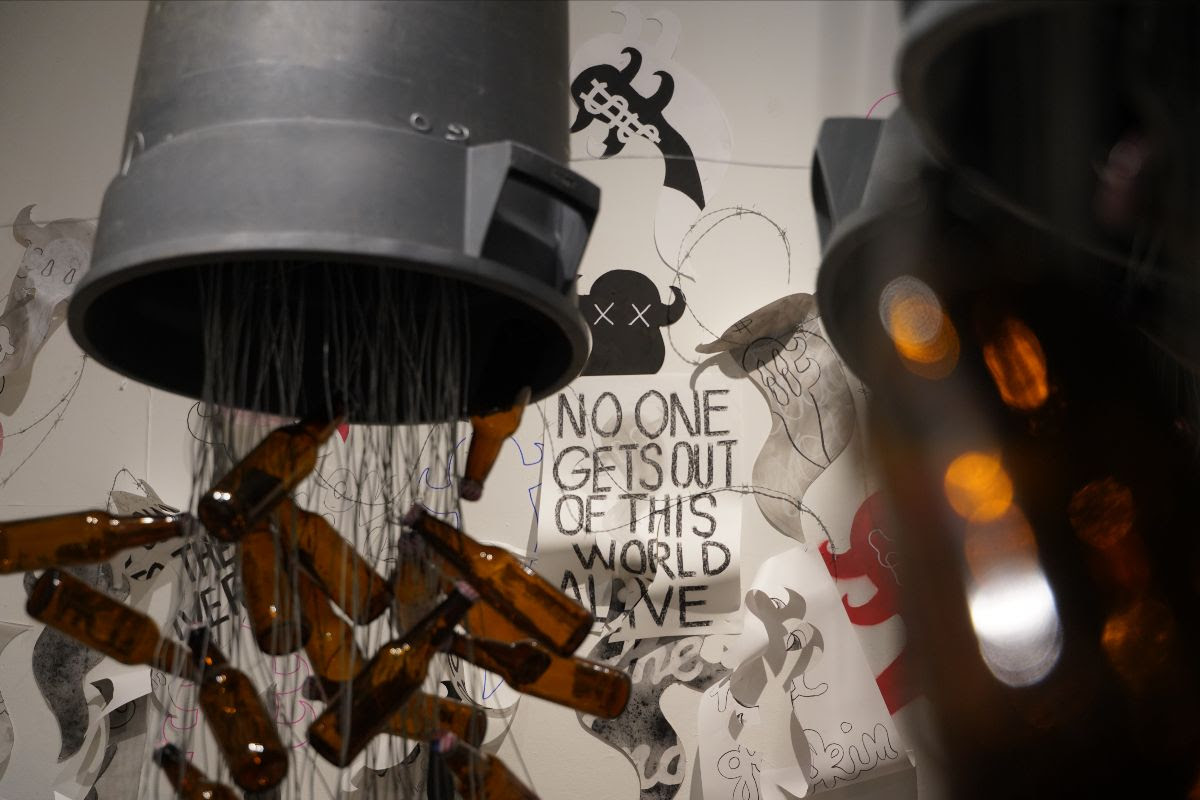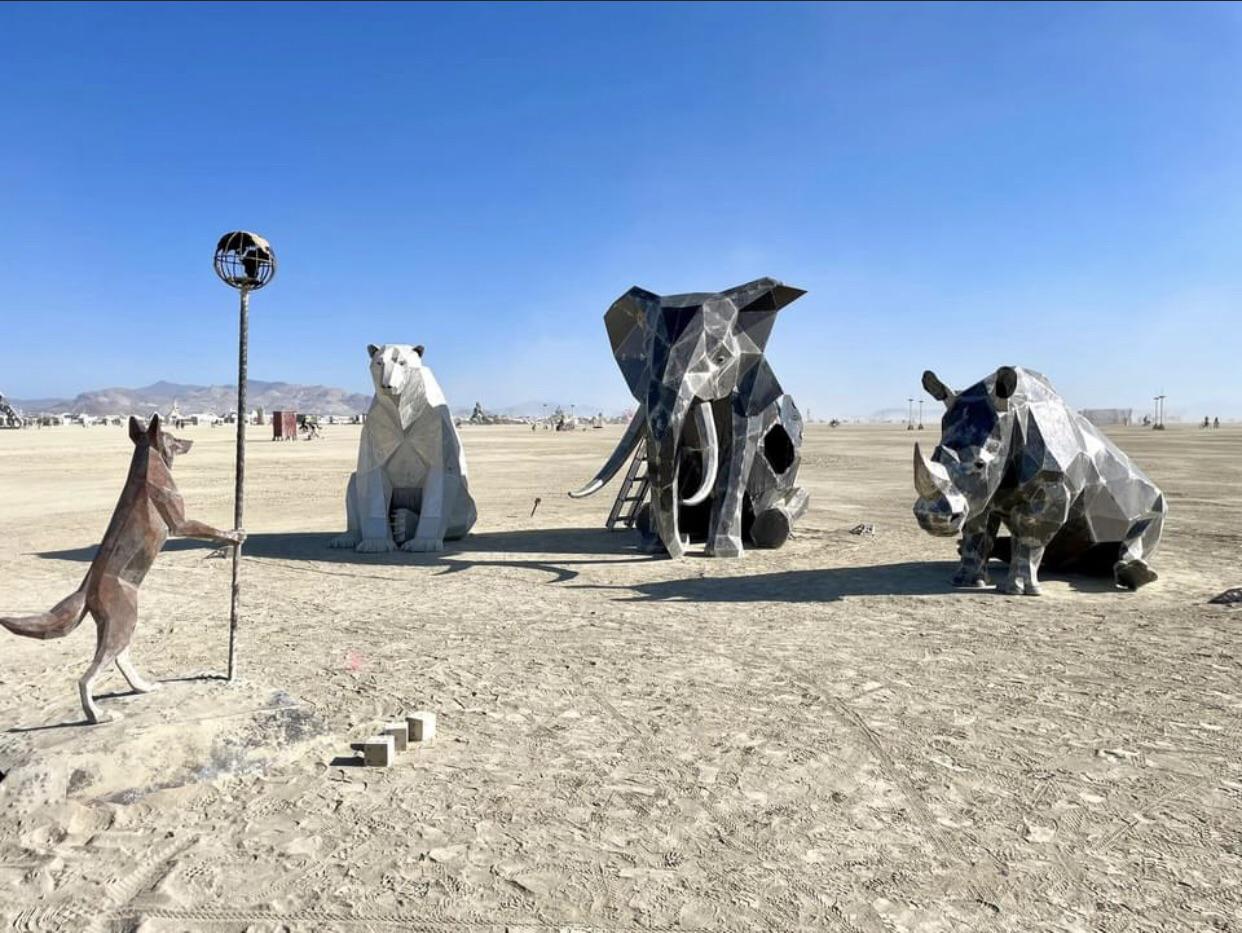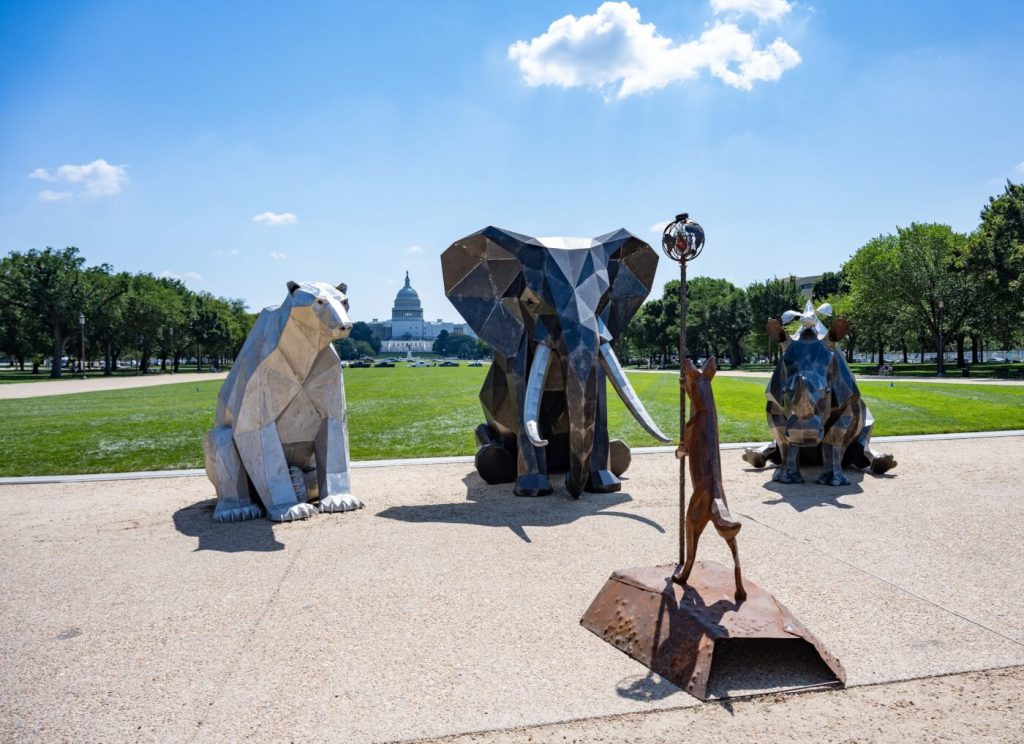Tania James’s fourth book is a spellbinding coming-of-age tale. Abbas is just 17 when his gifts as a woodcarver come to the attention of Tipu Sultan and he is commanded to help build a life-sized mechanical tiger. But when it is stolen by British forces looting the palace, his fate becomes entwined with the wooden tiger he helped create, mirroring the vicissitudes of colonialism across countries, people, and decades. James chats with Academy Magazine about the novel, a “Most Anticipated Book of Summer 2023.”
Kerry Folan: The automaton in Loot is based on an actual mechanical tiger on view at the Victoria and Albert Museum in London. How did you first come across this work of art, and when did you know you wanted to write about it?
Tania James: I can’t remember where I first came across the image of Tipu’s Tiger, but I do know that I found it captivating from the moment I saw it. For context, Tipu’s Tiger is a spectacular 18th century automaton composed of a six-foot long wooden tiger that’s mauling the throat of a prone English soldier. Back in the day, you could turn the hand-crank, and the tiger would grunt while the soldier groaned, all while organ music played from within. I’d never seen a work of art—mechanized or otherwise—that was so bold in its contempt of British power, so irreverent and anti-colonialist. So I knew I wanted to write about Tipu’s Tiger, but it took me a while to realize that the novel would focus more on the makers of the automaton than the automaton itself.
KF: This novel is epic, spanning wars, continents, decades. Of all the characters we meet in this saga, why did you decide to focus on Abbas’s perspective?
TJ: I originally thought Loot would be a heist novel that would take place in an English country house. I’d thought it would follow two people in their attempt to swindle a wealthy Englishwoman out of Tipu’s Tiger, which is part of her art collection. But a question that kept nagging at me was: what would motivate someone to want this object so badly that they’d be willing to risk their reputation, their life, their freedom for it? And so I kept coming back to the artist who made it. And as I was exploring that character, I traced his journey back to India, to the time when he was first assigned this task of constructing Tipu’s Tiger. And I discovered what it meant to him, to be apprenticed to a French clockmaker who believed in his gifts, and to find a sense of purpose through art.
KF: How did you land on the title Loot?
TJ: Early in my research I happened upon a thrilling discovery, that the word loot has Sanskritic roots. (Lutna means “to plunder.”) The word “loot” entered the English language somewhere around the time of the novel, when the British Empire was pivoting toward a more aggressive form of conquest. It was great to happen upon a single word that suggests theft and migration, not only of objects but of language itself.
KF: The novel engages difficult questions about colonialism, property, and stolen artifacts. Does it argue for a specific position on those issues?
TJ: Primarily I wanted to write a novel that was full of delight and adventure but that also posed the sorts of difficult questions that museums are facing right now, questions like: to whom does a prize of war really belong and how do we contend with its bloody history? In the novel, I don’t land on clear answers, as I’m most interested in following these characters on their difficult journeys, in finding humor amidst their hardship, and in trying to inhabit the wonder that accompanies an act of creation.
James will visit AAM on September 15 to discuss Loot, an NPR “Most Anticipated Book of Summer 2023,” with Shore Lit Founder Kerry Folan. Visit the AAM website to register for this free program.
Tania James is the author of four works of fiction, all published by Knopf: The Tusk That Did the Damage, which was a finalist for the International Dylan Thomas Prize and the Financial Times Oppenheimer Award; Aerogrammes and Other Stories, named a Best Book of 2012 by Kirkus Reviews, Library Journal, and The San Francisco Chronicle; and the novel Atlas of Unknowns, which was a New York Times Editor’s Choice and a finalist for the DSC Prize for South Asian Literature.
Kerry Folan is an Assistant Professor of writing and literature at George Mason University, and the founder of Shore Lit, an organization that brings free literary author events to the Eastern Shore.






















